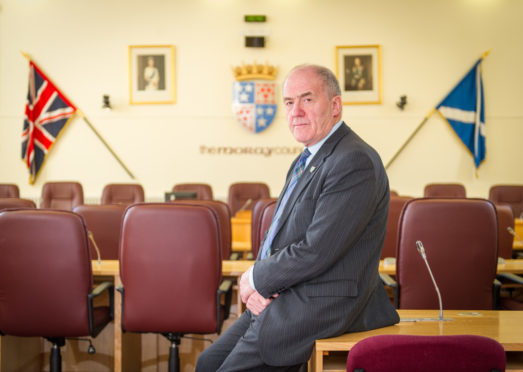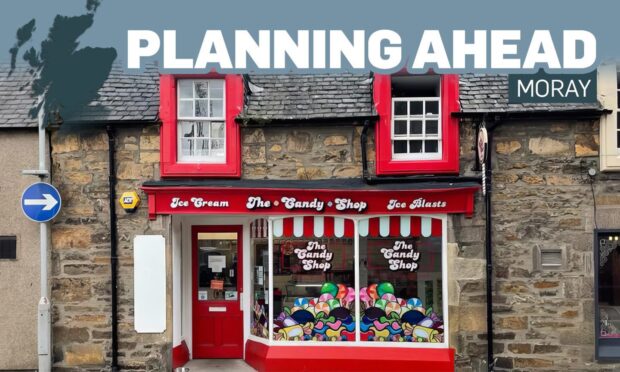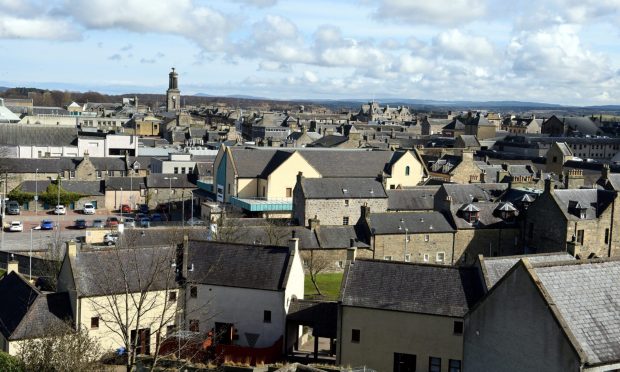Shock new figures have prompted calls for Moray Council to rethink how it manages it crumbling school buildings.
Just 16 out of the authority’s 53 sites meet the minimum standard for condition. That is 30.2% of the estate – well below the national average of 86.2%.
Investment in schools maintenance has been restricted to “make do and mend” in recent years, which has resulted in the repairs backlog soaring from £59million in 2016 to about £141million now.
Yesterday Sonya Warren, chairwoman of the council’s children and young people’s committee, said every building owned by the authority was currently being examined as part of a wide-ranging review to better target resources.
However, George Alexander, former council leader and leader of an independent opposition group, believes only a change in mindset will improve the situation.
He said: “I don’t see this problem being resolved in the near future. The gap is going to be there until we start taking strategic decisions about our schools.
“Other parts of Scotland have done it – they’ve closed some schools or built new ones. All we are doing is refurbishing or replacing what we have when we should be looking to amalgamate.
“There’s been two attempts made at this and it’s been thrown back so there needs to be a change in mindset before anything changes.”
The fresh figures published by the council, which were prepared in April last year and will be discussed by the children and young people’s committee tomorrow, show that 94.3% of the region’s school estate meets the minimum standard for suitability. The national average is 83.8%.
The condition of buildings is a measurement of what repairs need to be done, while the suitability considers factors such as the size of classrooms for pupils among other facilities.
During the summer the authority spent £3.2million on its “make do and mend” programme with new electrical wiring installed at Speyside High School, Cluny Primary School, Forres Academy and New Elgin Primary School.
There were also new windows installed at Andersons Primary School and replacement roofs for Keith Grammar School.
Meanwhile, a replacement for Lossiemouth High School is due to open in summer next year as well as the new Linkwood Primary School in the south of Elgin.
A target opening date of summer 2023 has also been published for the first time for a new primary school in the north of Elgin as part of the Findrassie housing development.
Mrs Warren stressed the council was taking every opportunity to secure funding from the Scottish Government to advance new projects.
She said: “As new schools get built the overall standard will improve but obviously we rely on government funding for that.
“You can only do ‘make do and mend’ repairs for so long, which is why we’ve commissioned an asset management review which will assess every school to see where we are and what we need to – it will make sure we are making best use of our money to ensure we’re delivering the best education possible and the schools are fit for the future.”
The education estate strategy has already been drafted by council officers and is due to be published in the coming months.










